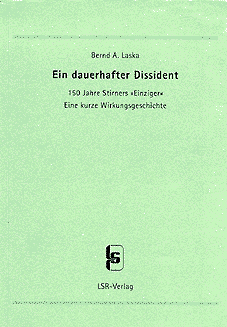
| movement |
| home page |
| The Magic Realists were American artists somewhat influenced by the Surrealists. . It was similar in some respects to the late 19th-century Symbolist movement, but deeply influenced by the psychoanalytic work of Freud and Jung. The Magic Realists were American artists somewhat influenced by the Surrealists. . |
 |
The movement survived but was greatly diminished after World War II. . Many of its adherents had belonged to the Dada movement. In literature, surrealism was confined almost exclusively to France. Surrealist writers were interested in the associations and implications of words rather than their literal meanings; their works are thus extraordinarily difficult to read. |
 |